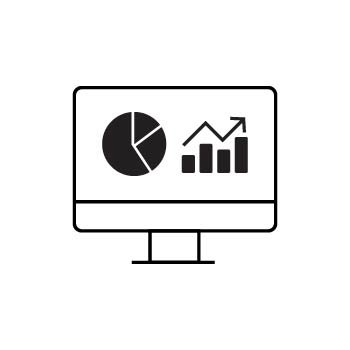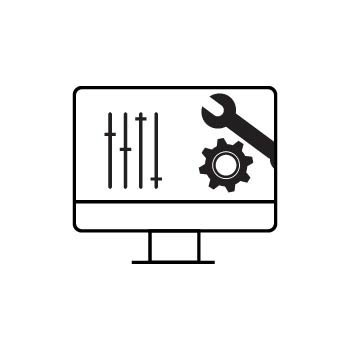Not Sure What That Google Search Console Email Means? Here's What to Do!
Google Search Console is a powerful tool that shows how your website appears in search results—but some of the messages it shows can be a bit confusing. This guide will help you understand what those messages mean and what (if anything) you need to do about them.
Please Note: PhotoBiz is not affiliated with Google. Our Passionate Support Team is happy to help you install your Google Search Console verification code, but for questions about how Google Search Console works, we recommend visiting Google Search Console Help.
ABOUT GOOGLE’S PAGE INDEXING REPORT
The Page Indexing report in Google Search Console tells you how Google is handling your site’s pages. If some pages aren’t being indexed, don’t panic! Google decides which pages to index and when—but you can keep track of everything right from your dashboard.
Alternate Page with Proper Canonical Tag
What it means:
This page is a variation of another page—like a mobile version or a translated copy.
What to do:
Nothing! Google has correctly identified the relationship and is indexing the main version. Everything is working as it should
Duplicate Without User-Selected Canonical
What it means:
Google found duplicate content and picked a version to index, but you haven’t told it which version you prefer.
What to do:
Use the Inspect URL tool in Search Console to see which version Google is indexing. If you prefer a different version, set a canonical tag on that page to tell Google which one to treat as the original.
Duplicate, Google Chose Different Canonical Than User
What it means:
You’ve told Google which page is the “main” version (using a canonical tag), but Google has picked a different one.
What to do:
Use the Inspect URL tool to compare:
-
Google-selected canonical
-
User-declared canonical
If your chosen canonical page isn’t similar enough to the duplicate, Google might ignore it. Make sure your pages are clearly related if you want to guide Google’s choice.
Not Found (404)
What it means:
Google tried to visit a page on your site but got a “404 Not Found” error—meaning the page no longer exists.
What to do:
Set up a 301 redirect from the missing page to a relevant, working page.
Soft 404
What it means:
Google sees the page but thinks it doesn’t have meaningful content, so it’s not indexing it.
What to do:
Add useful content to the page or set up a 301 redirect to another relevant page.
Page with Redirect
What it means:
This is totally normal. It means one URL is redirecting to another (for example, /page and /page/).
What to do:
Nothing—Google will index the final destination URL. This is expected behavior.
Server Error (5xx)
What it means:
Google tried to access a page, but your site gave it a server error. This usually means the page was temporarily unavailable.
Common 5xx errors include:
-
500 – Internal Server Error
-
502 – Bad Gateway
-
503 – Service Unavailable
-
504 – Gateway Timeout
(There are more, but these are the most common.)
What to do:
If you keep seeing these errors, contact your web hosting provider or reach out to Zibster Support. You may need to check your site’s server settings or performance.
Crawled – Currently Not Indexed
What it means:
Google has crawled the page but hasn’t added it to the search index.
What to do:
No immediate action is needed. Google may index it later, or it may have decided the content isn’t valuable enough. Make sure your page has original, helpful content that clearly explains its purpose.
Discovered – Currently Not Indexed
What it means:
Google knows the page exists but hasn’t crawled it yet. This can happen if your site has a lot of pages or Google is being cautious not to overload your server.
What to do:
Use the URL Inspection Tool in Search Console and click Request Indexing to ask Google to crawl the page sooner.


